Mastering the putting green
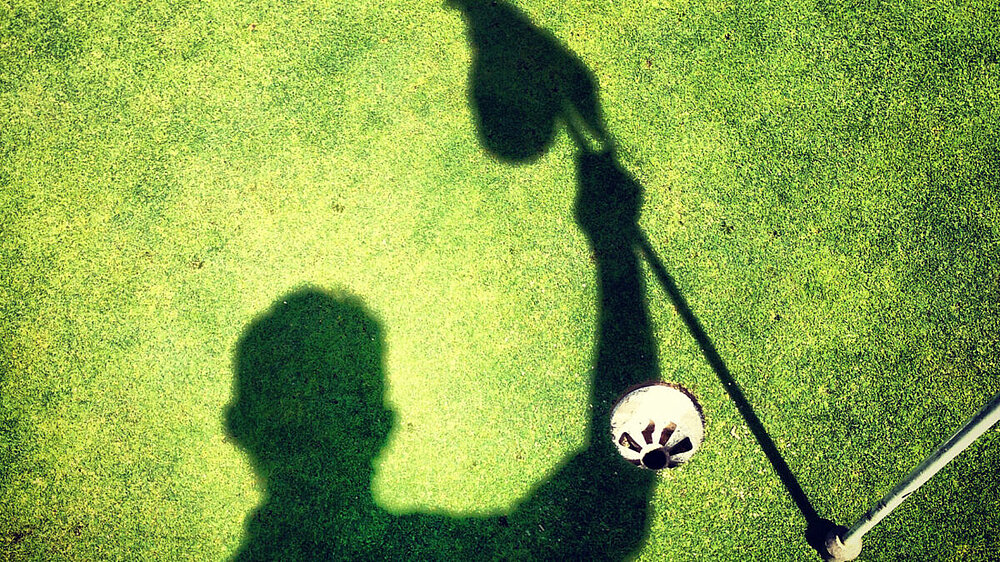
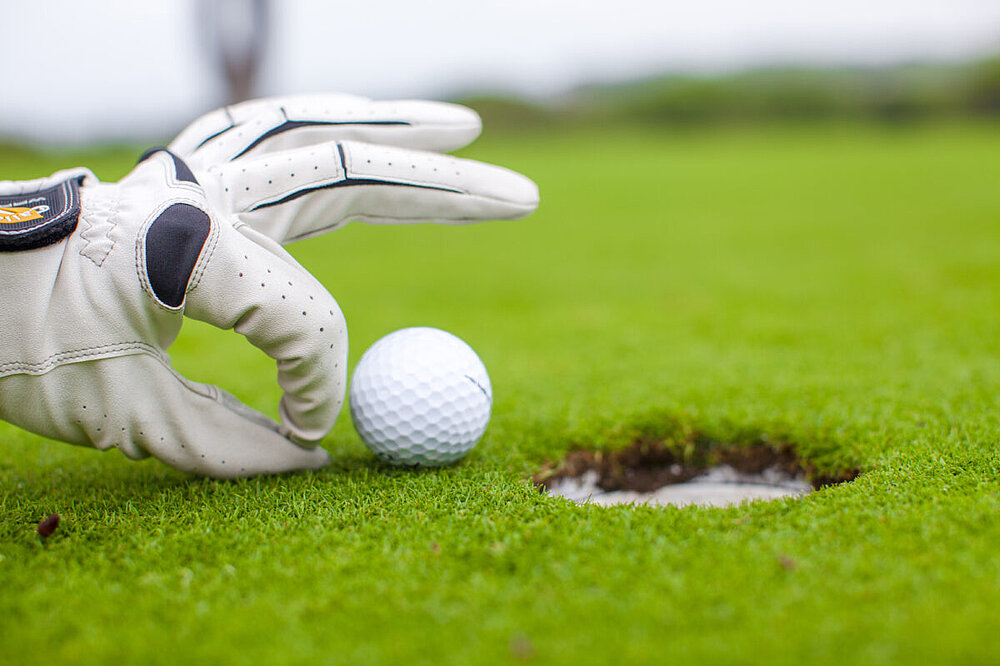
What is the deal with putting? Seriously! It undoubtedly is the easiest part when it comes to golf. But it is also the most boring part. Yeah, sure it is nice to drain a 20-footer for birdie or par (does it even matter for what score?). And yes, we all know that it eventually all comes down to that last putt, but it still doesn’t change the fact that putting is boring. Not to mention, what are we even practicing? A lot of times it’s just a quick glance at the putting surface, followed by a few practice strokes and then it is go-time. Next, we determine that the putt was too short, too long or the surface wasn’t pure enough and move on to the next little pin. Can you see yourself in that? In this month’s blog, we will help you understand the secret of a good putt, the difference in available putting training tools, how you can unlock your potential on the putting green and how PuttView can help you improve.
There are many paradoxical things when it comes to golfers and putting. Every golfer knows the frustration of missing a relatively short putt after you just hit a solid drive down the fairway and a nice approach shot. The worst part is, that it counts the same as that nice drive. However, a lot of times you shrug it off and think to yourself “next time I will do better, I just need to focus more”. Even on PGA Tour events, you will hear pros say: “I just didn’t have it today; my putter was ice-cold.” But the question is why? Why do we leave such an important part of our game up to chance?
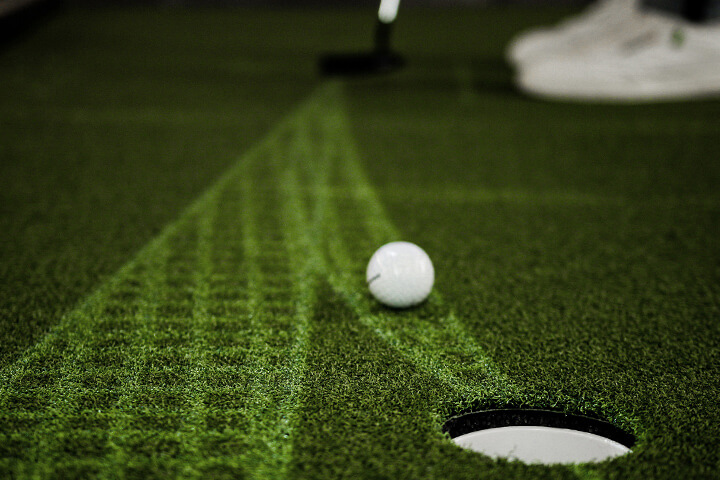
The components of a putt
A putt is basically determined by break, speed, distance to the hole, and of course your stroke. Unfortunately, there is no way for you to determine on the golf course or on the putting green which one of those factors made the difference, and more importantly, there is no way to practice one of those factors without having another one influence the results. For example, if you want to practice your green reading (break), how can you know that you missed the putt because you miss-read the green? It might as well have been the wrong speed, or your clubface wasn’t square at impact and you didn’t start the ball on your intended line. The simple answer is – you can’t. At least not, before there were tools like PuttView.
Wait, are we saying you cannot practice your putting without training aid and even implying that you need PuttView? Before you quit reading because you believe this is some kind of self-advertising article, please give this a listen. Obviously, there are drills that will ultimately help you improve. You can practice your short putts and just by repetition you will eventually gain confidence, which will ultimately help you withstand pressure on the course. You can build a gate using tees or balls about a foot away from your starting position, to make sure you start the ball on line. Which, by the way, is a huge part of holing putts consistently, because you can aim the right way all day long, if you can’t hit the ball on that intended line, you will never see any results. Or you can practice distance control by putting from known distances to a target. All of this will help you improve. But there are limits. Some things can not be determined without help. At least not in a reliable way.
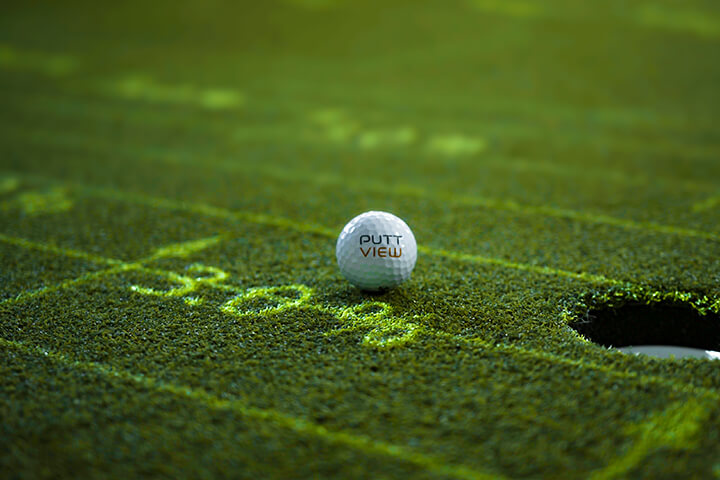
Because PuttView is neither the first nor the only company to realize that there is room for improvement, there are a lot of options for you on the market. Prices reach anywhere from 20$ all the way to a couple of thousand dollars. Perhaps the most well-known are the putting mats you roll out on the floor. Some are straight, some have a little upslope towards the hole, where you can get a little break. We all know that any practice is better than no practice, so if you happen to have one of those mats at home – good job! They are great to keep in the flow and on a straight putt, you will always be able to see if you need to work on getting the ball started on the right line. That way you can build up confidence for the real deal on the golf course. However, it is evident that they won’t paint the full picture, because putts just aren’t always straight.
So here is the deal. It is possible to calculate any putt on any given putting green. There doesn’t have to be any guessing whatsoever. The only problem is that this data is not visible to you. Pros for example have green books available for them during tournaments and you will be able to see just how valuable they are to them by looking at the Masters. Green books are not available at Augusta National and you will see pros struggle with break and speed because this is data, that is usually given to them. But let’s get back to the average Joe and what you can do in order to upgrade your putting because chances are, there are no green books for your home course. The biggest challenge on real greens is the determination of break and speed and how are you supposed to practice something that simply isn’t visible?
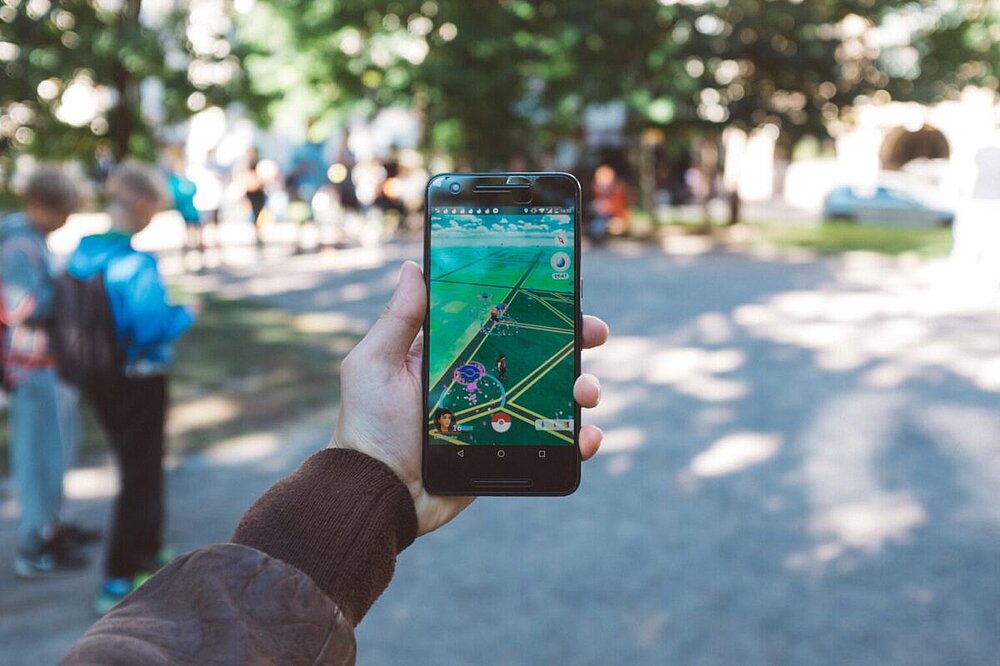
So, let’s get back back to the available training tools and how they approach putting. You could for example focus on the putting stroke and the roll of the ball. Since the stroke is considerably simpler than a full golf swing, it is not that hard to learn the ‘perfect’ stroke. In all honesty, they tried to do that for years with a full swing, why shouldn’t that work for the putting stroke? For the same reason, it doesn’t work for the full swing. There is more than one way to achieve good results, as long as you manage to consistently keep the clubface square at impact. Of course, you can try to keep it as simple as possible, but then again who determines what is simple to you? Correct, you!
Yet, it is still kind of difficult to figure out what is simple, if you have no idea what is missing to make things simple. In order to learn new skills, people rely heavily on their senses. Any combination of different senses will increase the learning curve for an individual. Audio feedback is great, but it gets better if you can see something while listening and visual feedback is very helpful, but it gets even better if you can touch whatever you are seeing. If you think about putting, you are basically left alone on the green. You only have your feel to guestimate what went wrong on the putt.
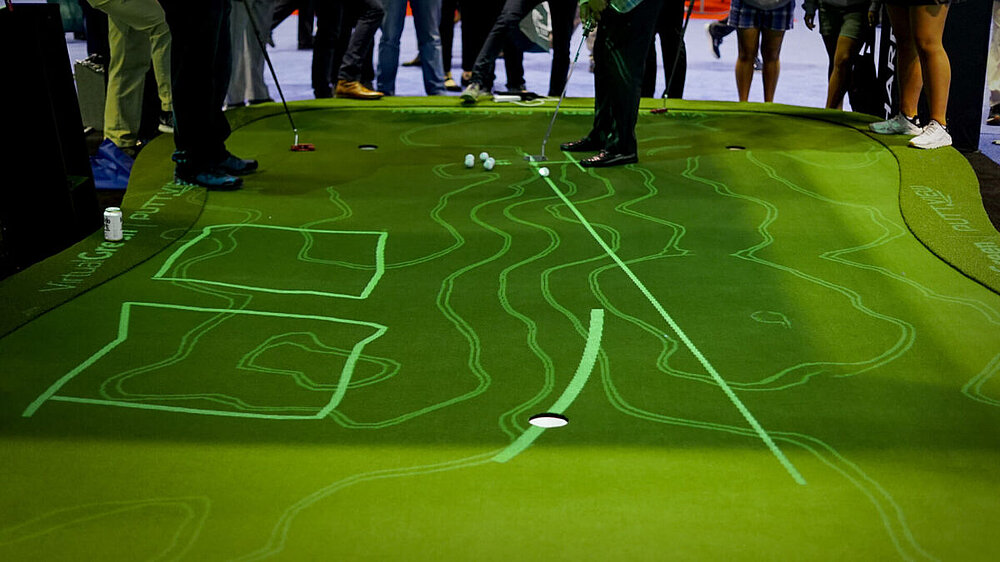
This is where the technology of AR enters the room. A lot of people might know the technology from games like Pokémon Go. Basically, you project things into the real world, that are not actually there. It is a real game-changer and is widely thought after in the industry sector because it helps tremendously with teaching new employees certain skill sets. Think for example about building a car. Traditionally, a co-worker would teach another worker what he/she needs to do. During that time said worker would be unavailable for other work steps and you cannot guarantee that he/she teaches correctly. With AR glasses, the new employee can see every step that needs to be right before his eyes. The technology visualizes him/her every important aspect and he/she learns while performing the tasks first-hand. No need for any other person to be present. It is a much more efficient way of learning.
PuttView has incorporated this technology in its product. Thanks to AR you can transform any putting green into a virtual learning experience. But it doesn’t stop with simply showing you the ideal line of a putt. Because again, there is more than one way to be good on the green, and especially when it comes to speed control and visualization, we are talking about a highly individual thing.
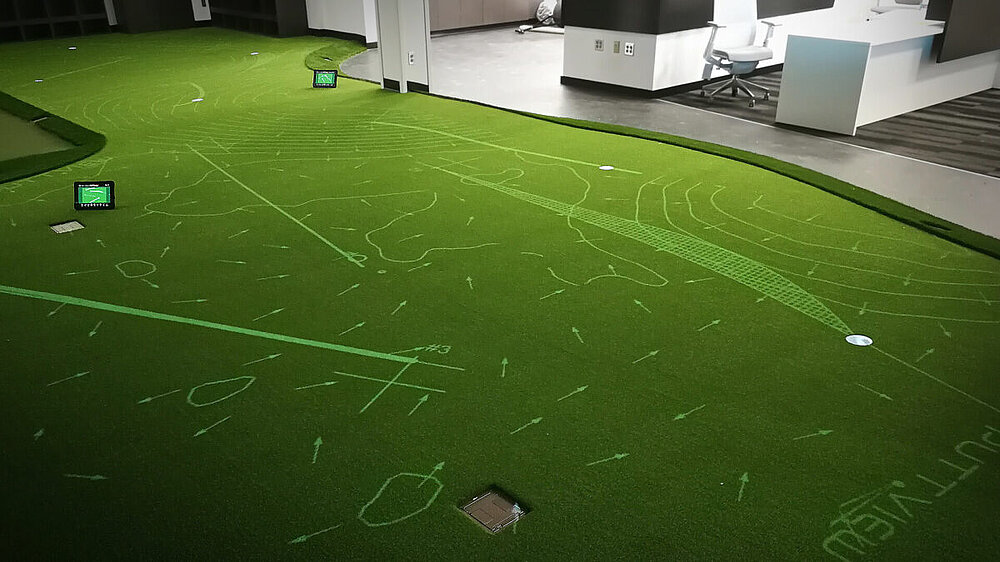
Have you ever thought about if you are a straight line or a curved line thinker? Do you visualize the first half of the putt or the second half? Can you see your ball roll or are you focusing on a fixed spot that you are trying to hit? Those are questions that are important to know and that PuttView is able to help you answer. It really doesn’t matter what you are looking for, because we probably have a visual cue for it. You can only show one spot, you can show a line and determine if you want it smaller or wider, you can show the aim line, you can show how the ball rolls into the hole and you can set how far past the hole your ball should be rolling in case you end up missing the putt.
On top, PuttView provides ball-tracking which gives you immediate real-time feedback on what line your ball was traveling vs. your intended line. The cool thing about it is, that you will learn without actually trying. The visual alone will help your brain learn, simply because you are a human being. You will be able to see, if a certain cue helps you, or if it goes against your nature and you can adapt accordingly. In return, once you are on the course, your brain will be able to retrieve the image and you will learn to determine break, speed, and distance more consistently and accurately.
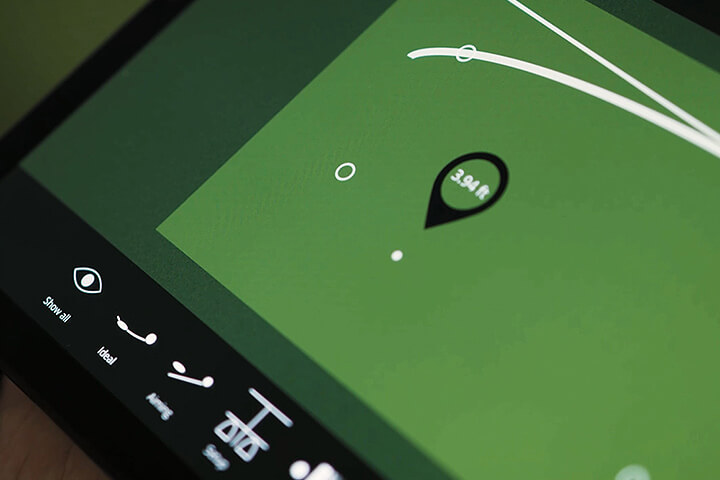
The thing with our brain is, that it works very efficiently. So, if you stupendously practice the same things over and over again, eventually the learning effect will fade away. Instead of learning more, your brain will tune out. While this might be helpful for some short putts, especially when you tend to get nervous over them, it’s contra-productive in terms of your overall putting performance because you won’t be able to transfer this onto the course. In other words, you might be able to hole a left to right 10-footer at home, but you won’t have the necessary understanding of that putt on the putting green the next time you are on the course.
A lot of putting products on the market are with fixed positions. It’s like a game you eventually finish. Once you solved all the riddles and tasks, it’s no fun to repeat them and the more often you do it, the lamer it gets. With PuttView you are able to putt from any position you would like to with no limits besides the size of your green. It gives you the option of switching things up, without any requirements from your side.
No stickers you need to attach to your club, no piece of equipment you need to adjust to the next position, you can simply drag and drop the courser on your tablet to the position you want and you are good to go.
By the way, this is also the reason why it is important for you to move around on the practice green at your course while practicing your putting. Your brain will remain more alert and the effects will be greater than just standing at one spot, not to mention the fact that on the course you will always just have one chance at any given putt.
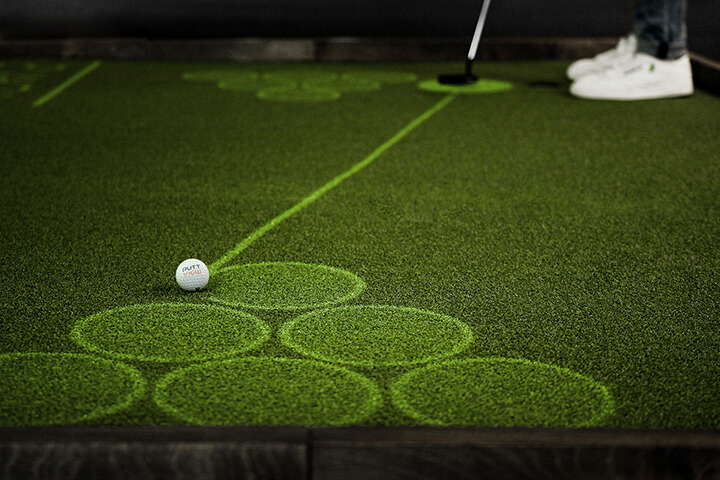
As a golfer, you understand the frustration of putting. But there is no reason to feel like there are no solutions to the problem. If you are able to understand the dynamics of a putt, you will see improvements on the course. With or without any training tools. However, a lot of people fail to understand those dynamics and quite frankly have never really given a second thought to it.
The next time you are on the golf course try to analyze your putting. Figure out where you are aiming at, how you visualize the putt, and what your speed tendencies are. Once you know some of those things, you can start to think about how to improve on them and how to support your visual tendencies. And if you happen to run into any problems, maybe try to figure out if there is a PuttView System installed somewhere nearby. Either way, we hope to bring back the fun in putting, by providing you with what you need and if everything else fails, with a nice game of putt pong with your friends.
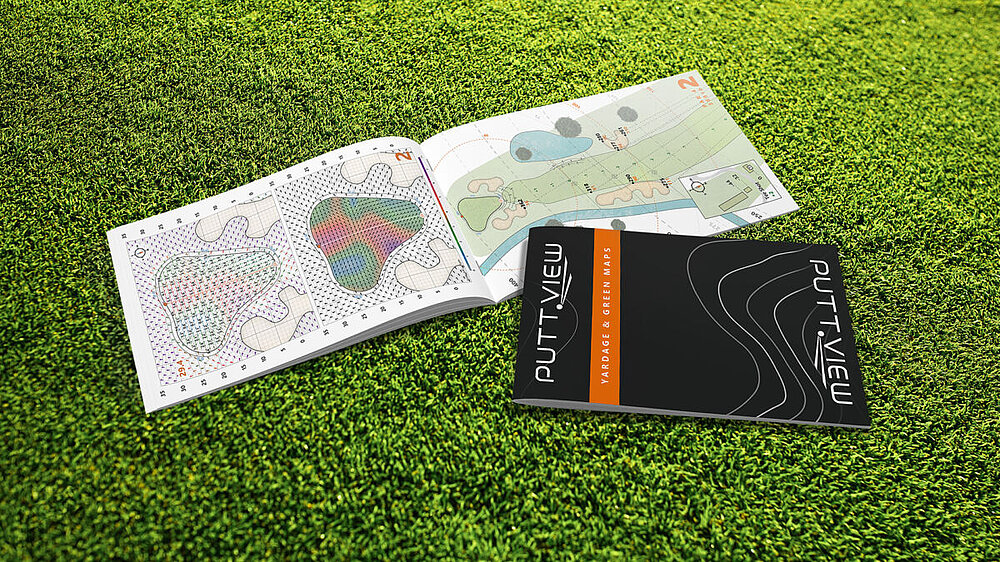
“To be honest I thought we were going to be a little further at this point of our company’s history”, says Christoph with a smile on his face. Having developed PuttView Christoph knows the huge potential that is still left in the product. “There were many highs and lows in that story. More than I could count. Corona for example was a huge problem. I still remember the day the US decided to close its borders.” Suddenly, residents from the EU could not enter the US which was, and still is, the biggest market for PuttView. “We just didn’t know what to do”, remembers Lukas. “How long is this supposed to be going on? Quite frankly it was scary.”
A year later things have changed. People have gotten used to the new situation and solutions for distribution problems were found. After all, if now isn’t the time to think about an indoor solution for your home or facility, then when is, right? Among other things that is the reason that both founders are looking into the future with a smile. “There is still a lot of potential left in the product itself.
We just launched our PuttView Yardage and Green Books but haven’t yet gotten to our initial vision to bring PuttView onto real greens through the AR glasses. That will be a huge game changer and we are working on making it reality soon. Once we are able to bring the product to the consumer, I believe we can rightfully speak of a revolution of how people will practice their putting”, says Lukas. “I hope in the next five years we will have grown out of our current office”, adds Christoph. “And maybe already work on the next bigger thing after PuttView. However, I am especially proud of our team and what we have become. I hope that we grow not only as a company but also as the team we already are.” With those words in mind, it is safe to say that precision, quality, innovation and longevity are attributes that can definitely be ascribed to both PuttView and its founders.